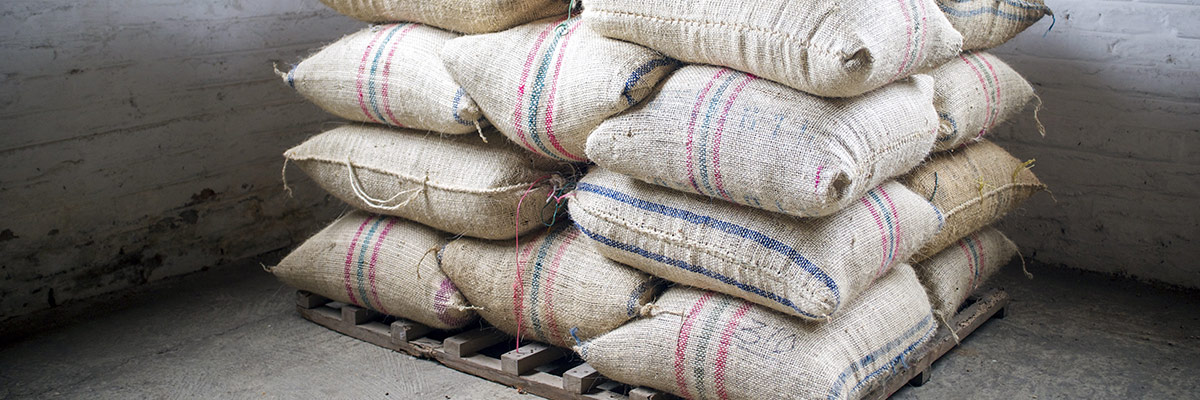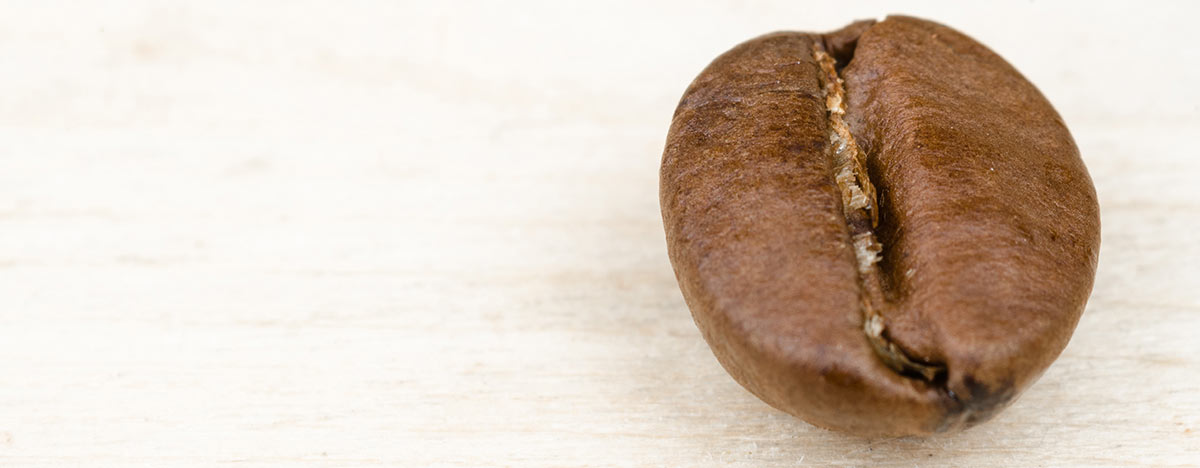What is coffee fraud? And what is being done to combat it?

Coffee fraud is something that many outside of the industry will have never even heard of.
Due to the nature of production, some farmers take the risk and try to sell inferior quality coffee as another higher quality coffee to increase sale price.
But a new technique has been developed to eliminate coffee fraud completely.
If you weren’t already aware, coffee comes in two main varieties: Arabica and Robusta.
Arabica beans are coveted, meaning higher premiums for the farmers that are able to grow this specific species of the plant.
Robusta, on the other hand, is a less sought after bean.
In any good coffee blend you’ll see a mixture of the two.
The Arabica helps give coffee it’s sweet, fruity flavours, whilst Robusta is often (and sometimes wrongly) the source of ‘harsher’ deeper flavours like nuts and grains.
Robusta tends to cost much less than it’s Arabica counterpart. It’s also much easier to grow and cultivate.
It’s because of cost that there are sometimes growers and dodgy importers that look to make a quick quid without the end user ever really noticing or being aware of the issue.
Prices of coffee do fluctuate, so at certain times of the year this can be a major problem for importers, requiring expensive specialist equipment to test these blends for this ‘counterfeiting’.
Luckily for the industry, a food science training centre – The Quadram Institute – has developed a cheaper and easier to manage process to detect these rogue Robusta affecting our blends.
Being able to distinguish between the two main types of coffee is not that easy, it becomes even more tricky once beans have been roasted and then even further still once ground.
Tasting testing isn’t exactly reliable, so identification relies heavily on chemical analysis of the compounds found within the coffee beans themselves.
This new testing technique is achieved by using a benchtop NMR spectrometer, sold by Oxford Instruments and uses radio waves and strong magnets to get in-depth raw data about the exact molecule structure of the beans being tested.

The method is so good in fact, it can detect just 1% Robusta in an Arabica/Robusta blend.
In simple terms, this new method is capable of detecting a chemical known as 16-OMC found in large amounts in Robusta but in minuscule amounts of Arabica.
The NMR spectrometer uses radio waves to get detailed information about the molecular structure of the bean – and therefore better understand what % of 16-OMC is present.
Lead researcher of the study at The Quadram Institute, Dr Kate Kemsley said: “This is an important milestone for detecting fraud in coffee, as 1% is the generally accepted cut off between trace contamination, which might be accidental, and more deliberate adulteration for economic gain”
The test method is capable of detecting such small amounts of Robusta thanks to a characteristic that both beans share, if a certain threshold is reached then it is clear that the presence of Robusta is within specific parameters.
During the research, the team at Quadram found that quite a few 100% Arabica coffee blends included substantial volumes of Robusta beans.
90% of the blends tested were within the threshold and truthfully sold based upon their bean makeup with the remaining 10% having quality issues.
Luckily, as coffee experts and working with plantation and importers all over the planet, we ensure that our blends match our very own taste with every blend.
We’ve spent countless years refining and sourcing what we consider the best tasting and best value beans to prevent this kind of fraud from being an issue.
By making sure that our growers are given the best and fairest price for their hard work, determination and product, we have all but eradicated any possibility of ‘coffee adulteration’ in our very own signature blends and single origin coffees.
Whilst this information is important, it’s not something coffee lovers should be majorly concerned with, it’s still a relatively uncommon issue within the industry.
Now with the help of this new method and new equipment it could disappear completely!
